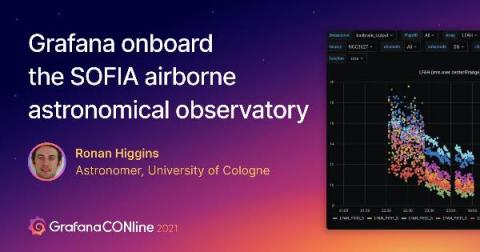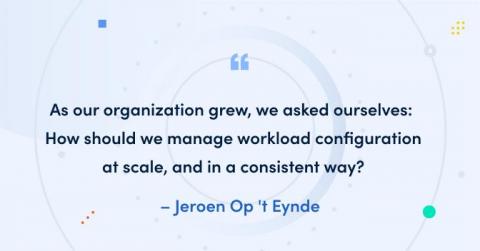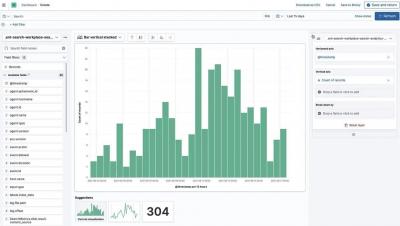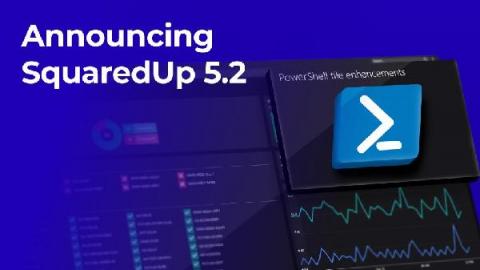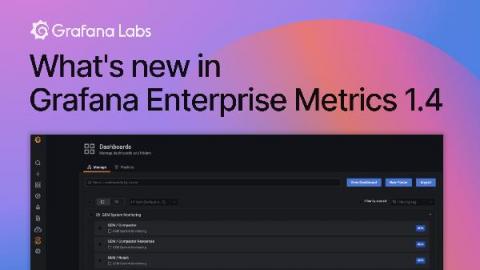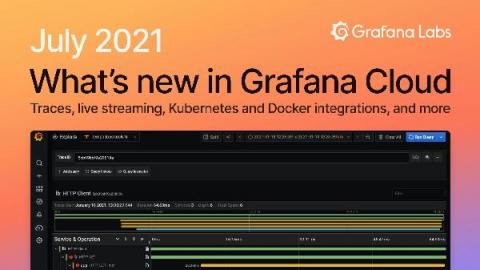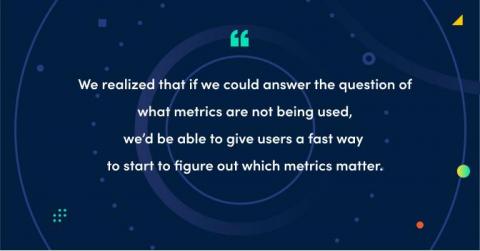How astronomers use Grafana dashboards to read the stars (and their data) on the SOFIA airborne observatory
There’s stargazing, and then there’s SOFIA. The SOFIA airborne astronomical observatory is a joint NASA and German Aerospace Center endeavor consisting of a modified Boeing 747SP aircraft with a 2.7-meter reflecting telescope and a team of astronomers onboard.


